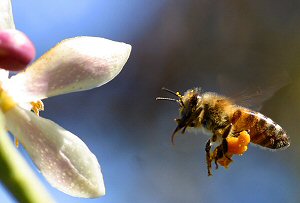
One-in-20 honey bees are thrill seekers, say University of Illinois entomologists who have identified distinct patterns of gene activity in the same molecular pathways known to be associated with thrill-seeking in humans. Their study, published in Science, suggests that thrill-seeking is not limited to humans and other vertebrates and that novelty seeking is an important trait.
Traditionally, honey bee hives were viewed as highly regimented colonies of seemingly interchangeable workers taking on a few specific roles to serve their queen. The new study, however, shows that individual honey bees actually differ in their desire, or willingness, to perform particular tasks.
For the study, research leader Gene Robinson examined two behaviors that looked like novelty-seeking in honey bees: scouting for nest sites and scouting for food.
When a colony of bees outgrows its living quarters, the hive divides and the swarm must find a suitable new home. At this moment, a few intrepid bees – less than 5 percent of the swarm – take off to hunt for a hive. These bees, called nest scouts, are on average 3.4 times more likely than their peers to also become food scouts. This is important, Robinson adds, because “if you show the same tendency in different contexts, then that can be called a personality trait.”
To determine the molecular basis for these differences in honey bee behavior, the researchers used whole-genome analysis to look for differences in the activity of thousands of genes in the brains of scouts and non-scouts.
“People are trying to understand the basis of novelty-seeking behavior in humans and in animals,” Robinson explained. “And a lot of the thinking has to do with the relationship between how the [brain’s] reward system is engaged in response to some experience.”
Among the many differentially expressed genes were several related to catecholamine, glutamate and gamma-aminobutyric acid (GABA) signaling, and the researchers zeroed in on these because they are involved in regulating novelty-seeking and responding to reward in vertebrates.
To test whether the changes in brain signaling caused the novelty-seeking, the researchers subjected groups of bees to treatments that would increase or inhibit these chemicals in the brain. Two treatments (with glutamate and octopamine) increased scouting in bees that had not scouted before. Blocking dopamine signaling decreased scouting behavior, the researchers found.
The results indicate that novelty-seeking in humans and other vertebrates has parallels in an insect. They also suggest that insects, humans and other animals make use of the same genetic “toolkit” in the evolution of behavior. “It looks like the same molecular pathways have been engaged repeatedly in evolution to give rise to individual differences in novelty-seeking,” Robinson concluded.
Related:
Discuss this article in our forum
Two Bees? Aw, Not Two Bees…
Pollinators make a beeline for caffeine and nicotine
Social interactions alter gene expression
Bee Boffins Abuzz With Theories About Honeybee Decline

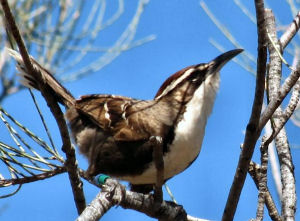



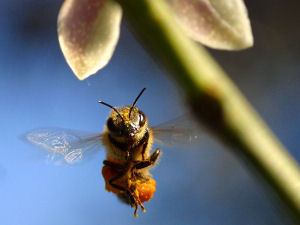


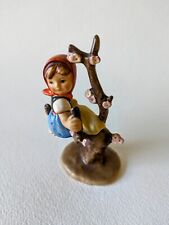

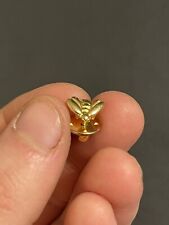


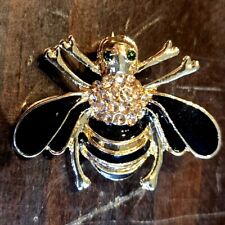




Comments are closed.